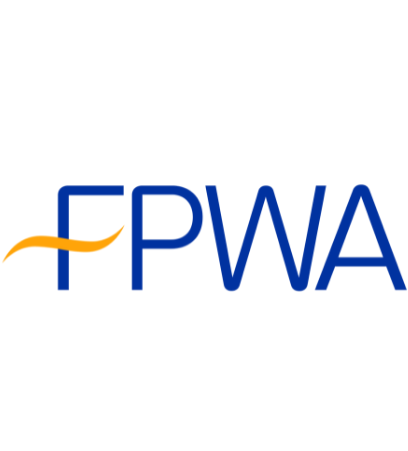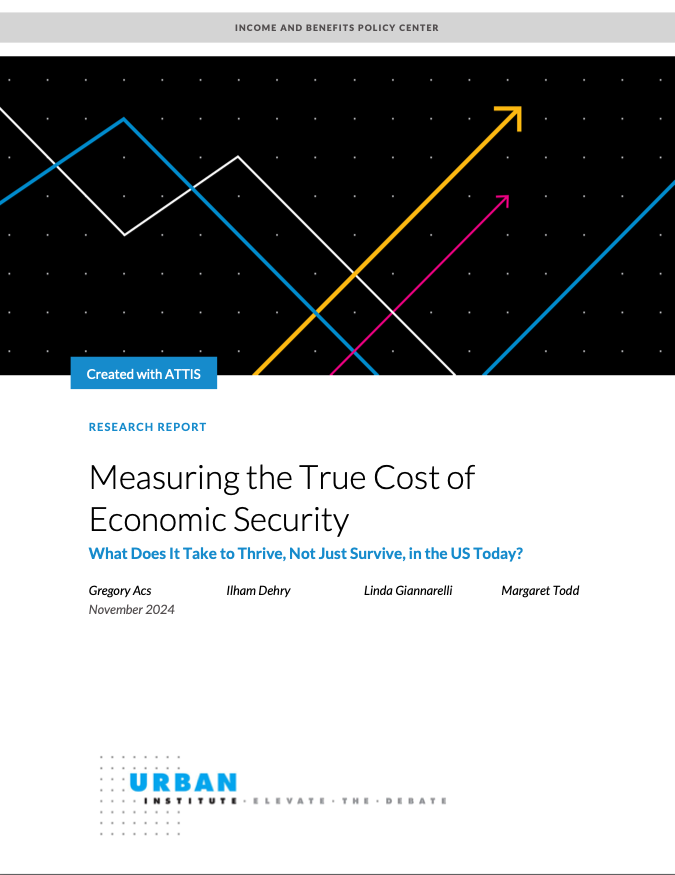For Immediate Release
September 16, 2021
Contact
Rachel Noerdlinger, rnoerdlinger@mercuryllc.com
Amaris Cockfield, acockfield@mercuryllc.com
2020 POVERTY DATA DOES NOT ACCURATELY COUNT THE NUMBER OF AMERICANS LIVING IN POVERTY
Crisis-Driven Economic Relief Is a Temporary Panacea
The Poverty 2020 data released Tuesday suggests that poverty dropped in America in 2020. This is accurate in respect to incomes for the year were higher. However, this is only because of temporary, additional economic relief provided by the government to boost lower- and middle-class incomes during the height of the pandemic, and because the analysis that our government uses to determine the nation’s poverty rate grossly undercounts the share of Americans whose resources to meet their basics needs are woefully inadequate.
The short of it – the federal poverty measurements do not truly reflect the economic reality of many Americans.
The government defines poverty as an income level below about $30,000 for a family of four, although the exact threshold varies depending on family size, home ownership status, and regional housing costs. It doesn’t take an economist to appreciate that this amount of income is wholly inadequate to pay for basic needs in just about every county in the U.S. Basic needs include food, childcare, housing, healthcare, transportation, clothing, utilities, and more.
“While the unprecedented federal relief programs provided vital resources to those hit hardest by the Covid-19 pandemic, namely people of color and those with low incomes, and helped them stay afloat in 2020,” said FPWA CEO and Executive Director Jennifer Jones Austin, “we must pause and look at the bigger picture. Because the COVID-19 relief programs provided a point-in-time economic boost, there is every reason to expect that these poverty numbers will not hold. A question that must be asked is: Why does the federal government use an unrealistic and inadequate federal poverty measurement that undercounts how many people live in poverty when other, more accurate measures that are based on what it actually costs to survive and thrive in this land are available?
It’s because the inaccurate measure justifies a paltry federal minimum wage and the deliberate withholding of vital resources for millions of Americans who are disproportionately persons of color.
As we promise to “build back better” from the pandemic it’s urgent to ask, who defines “better.” If we perpetuate the big lie about who is poor in America, we will fail once again and continue to consign millions to a permanent economic underclass.”
About FPWA
FPWA is an anti-poverty policy and advocacy organization committed to advancing economic opportunity and upward mobility for low-income New Yorkers. Having a prominent New York presence for nearly 100 years, FPWA has long served New York City’s social service sector, providing grants to help individuals and families meet their basic needs, and advocating for fair public policies on behalf of people in need and the agencies that serve them. FPWA’s member network of 170 human-service and faith-based organizations reach more than 1.5 million people in New York’s communities each year. Join us at fpwa.org, Facebook, Twitter, and Instagram.
###










